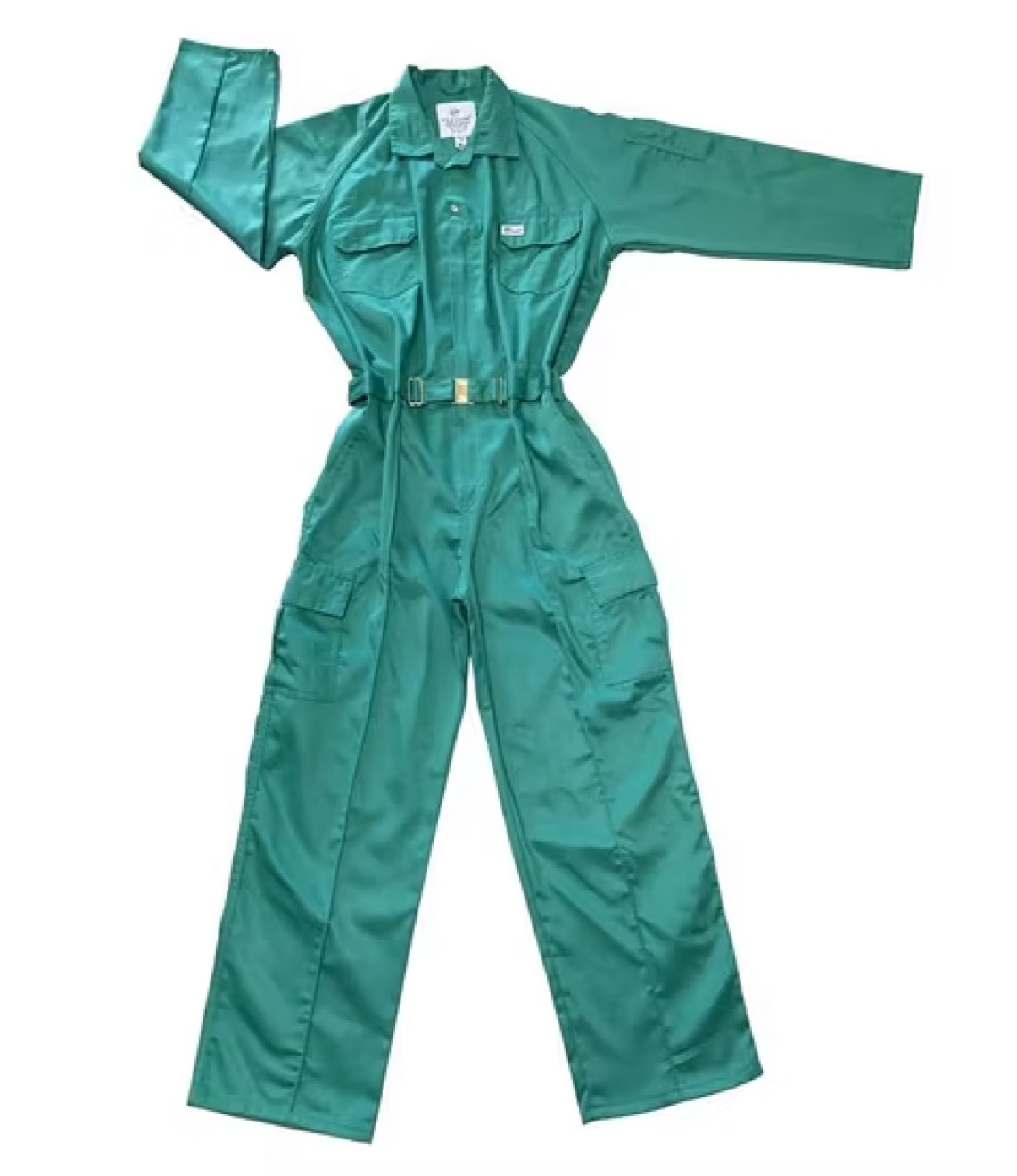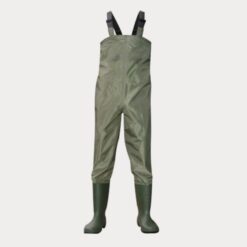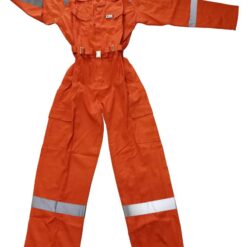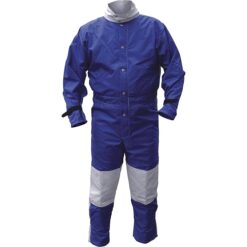Express Deliveries countrywide.
overall(navy blue)

This safety overall, also known as a safety coverall or protective overall, is a type of personal protective equipment (PPE) designed to provide full-body protection against workplace hazards. It is a one-piece garment that covers the torso, arms, and legs, offering a comprehensive barrier between the wearer’s clothing and the work environment.
Quantity:
Continue Shopping
Category: Overalls
Description
A safety overall, also known as a safety coverall or protective overall, is a type of personal protective equipment (PPE) designed to provide full-body protection against workplace hazards. It is a one-piece garment that covers the torso, arms, and legs, offering a comprehensive barrier between the wearer’s clothing and the work environment. Here are some key features and considerations of a safety overall:
Material: Safety overalls are typically made from durable and protective materials that are resistant to various workplace hazards. Common materials include flame-resistant fabrics, such as Nomex or Proban, which provide protection against flames and heat. Other materials may include cotton, polyester, or blended fabrics, depending on the specific requirements of the work environment.
Full-Body Coverage: Safety overalls are designed to cover the entire body, including the torso, arms, and legs. They provide protection against various hazards, such as chemicals, splashes, sparks, heat, electrical arcs, or physical abrasions. The one-piece design ensures that there are no exposed areas vulnerable to workplace risks.
Fastening and Closure: Safety overalls typically feature a front closure system, such as zippers, buttons, or snaps, that allows for easy donning and removal of the garment. The closure system should be secure and reliable to maintain the integrity of the overall during work activities.
Fit and Comfort: Safety overalls should provide a comfortable fit to allow for freedom of movement and flexibility. They are often designed with ample room in the shoulders, waist, and legs to accommodate body motions and the wearing of additional protective equipment, such as safety harnesses or respiratory protection.
Pockets and Storage: Many safety overalls include multiple pockets, both inside and outside, to provide convenient storage for tools, personal belongings, or small equipment. These pockets help keep essential items within reach and contribute to overall work efficiency.
Enhanced Safety Features: Depending on the intended application and workplace hazards, safety overalls may include additional safety features. These can include reflective strips or high-visibility panels to improve visibility in low-light conditions or in the presence of moving machinery. Overalls designed for specific hazards, such as chemical exposure or electrical work, may have specialized coatings or insulation.
Compliance and Standards: Safety overalls should comply with relevant safety standards and regulations specific to the work environment and industry. These standards may dictate requirements for flame resistance, chemical resistance, electrical protection, or specific design features.
Maintenance and Care: Proper maintenance and care of safety overalls are essential to ensure their effectiveness and longevity. Manufacturers usually provide instructions for proper cleaning, storage, and inspection to maintain the overall’s protective properties and ensure it is ready for safe use.
Safety overalls play a crucial role in protecting workers from workplace hazards and minimizing the risk of injuries or occupational illnesses. It is important to select the appropriate overall based on the specific hazards of the job, follow usage and care instructions, and regularly inspect the garment for any signs of damage or wear.



